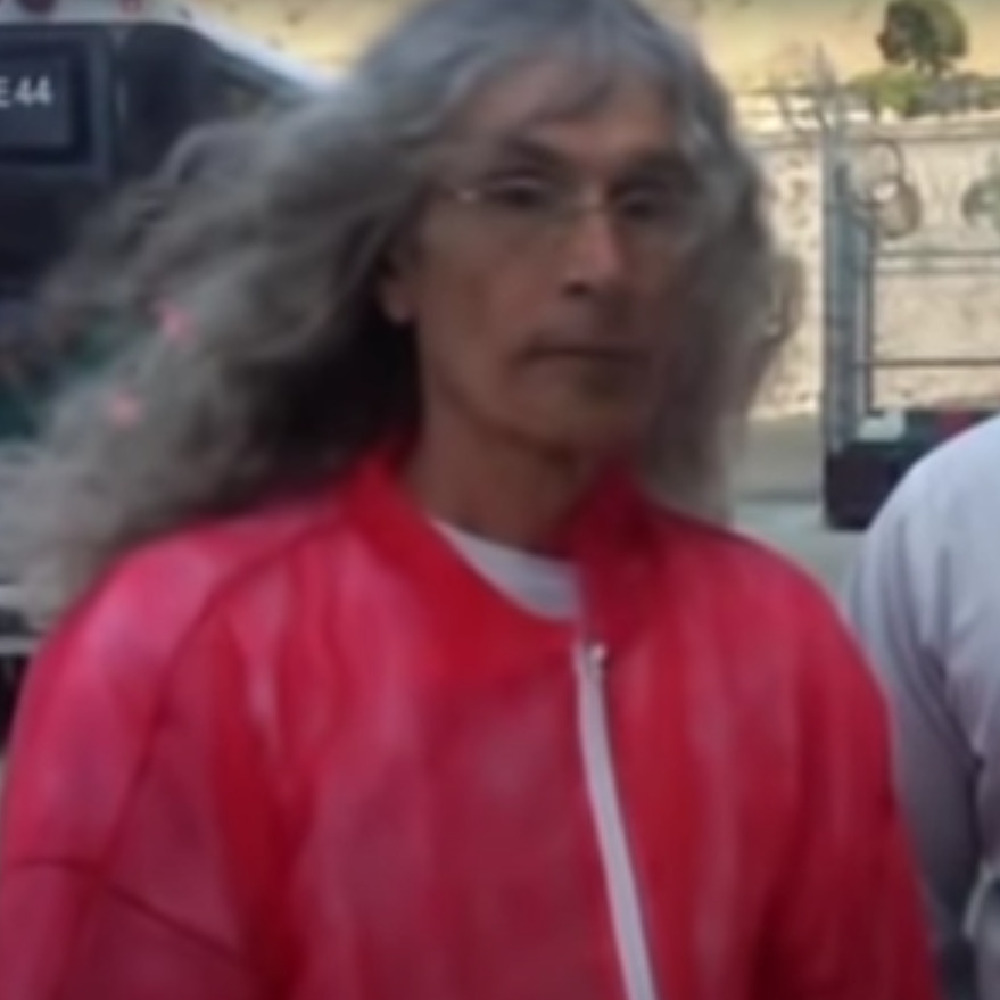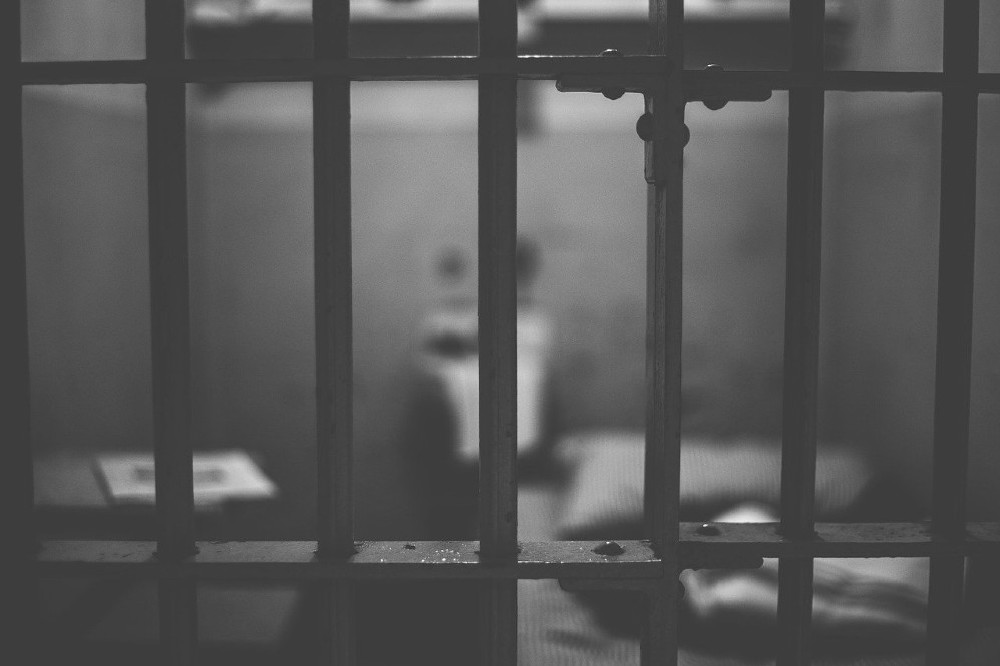As with some serial killers, it is sometime not clear as to what set them on their paths of death, causing unforgiving pain to not only their victims, but the families of those who have been taken. Rodney Alcala was no different in that he killed seemingly for no reason, and the justice system seemed to have unknowingly failed all the victims he claimed.

Rodney Alcala / Picture Credit: Avoiding Human Society on YouTube
Who is Rodney Alcala?
Serial killer Rodney Alcala is known to have murdered at least nine women and girls across the US in the 1970s; his true death toll however, may reach to over 100 victims.
Alcala’s 1978 appearance on a TV show called The Dating Game led to his eventual nickname of ‘The Dating Game Killer.’
Despite spending some time incarcerated for sexual assault (among other crimes) in the 70s, Alcala still continued to rape, beat and murder once he was set free. The injustice in the legal system can sometimes lead to the release of those who should have stayed behind bars...

While Alcala was sentenced to death for his crimes, he may never actually receive this punishment as the state of California (CA) has stopped all executions.
Early life
Alcala was born Rodrigo Jacques Alcala-Buquour in San Antonio, Texas, on August 23rd, 1943.
He moved to Mexico with his family when he was round eight years old; his father abandoned the family while in Mexico. Alcala later moved with his mother and siblings to Los Angeles (LA).
When he was 17, Alcala joined the army. He was, however, discharged in 1964 after suffering a breakdown and was diagnosed with antisocial personality disorder.
Some time later, Alcala attended CA State University, then transferred to UCLA. He graduated with a Fine Arts degree in 1968.
After fleeing from CA later that year, Alcala used his alter ego as John Berger to enrol in the New York University, where he took a class with Roman Polanski (a film director).
First arrest
After absconding from the scene of his 1968 attack on eight-year-old Tali Sharpio, Alcala travelled to the East Coast. In 1971, he was added to the FBI’s Most Wanted list.
Some girls at an Arts Camp in New Hampshire recognised their councillor, whose name was ‘John Berger’, from the list. They told the camp’s dean and Alcala was arrested; he was able to plead to the lesser charge of child molestation, and only served 34 months.
Despite him being a registered sex offender, Alcala managed to secure a job with The Los Angeles Times as a typesetter in September of 1977.
The Dating Game Killer
In September of 1978, Alcala appeared as Bachelor No. 1 on The Dating Game, a show that had men and women interview prospective dates, while remaining unseen. At this time, Alcala was a convicted child molester, but the show didn’t run a background check...
Alcala was introduced as “a successful photographer, who got his start when his father found him in the darkroom at the age of 13, fully developed.”
When asked by potential date, Cheryl Bradshaw, to describe what type of meal he would be, he said “I’m called ‘The Banana’, and I look really good... peel me.” His use of charm and innuendos won him a date with Bradshaw, but after meeting him face-to-face she said that he was acting “really creepy”, and opted out of a date with him.
Victims
Alcala was a tall, handsome man who would often tell women he was a fashion photographer, and wanted to take pictured of them for a contest.

A woman who missed a date with the killer, as he’d been arrested in 1979, later told People that “He was so easy to trust. He had a way of talking to people that really put them at ease.”
In the 70s, Alcala killed Cornelia Crilley, 23, and Ellen Hover, also 23, in New York City (NYC). Crilley was sadly raped and strangled with her own stockings in her apartment in 1971.
Hover disappeared in mid-July, 1977, leaving behind a calendar that revealed she would be meeting with ‘John Berger’. Her remains were discovered in New York’s Westchester County in 1978. The killer pleaded guilty to these murders in 2012; he received a sentence of 25 to life, though it will only be served if CA releases him from custody.
Alcala was arrested in July 1979, for the abduction of 12-year-old Robin Samsoe of Huntington Beach, CA. He was convicted of these charges in 1980. Four years later, the conviction was overturned as the jury had improperly been told about Alcala’s criminal record.
Another trial in 1986 resulted in a second guilty verdict but, in 2001, this was also overturned on a technicality.
Alcala faced charges for strangling four women in CA in the late 70s; 18-year-old Jill Barcomb who was killed in November 1977, 27-year-old Georgia Wixted who was raped, beaten and strangled in December 1978, 32-year-old Charlotte Lamb who was killed in June 1978, and Jill Parenteau who was murdered in June 1979.
Alcala elected to represent himself during court proceedings. In February, 2010, he was found guilty of all five murders and was sentenced to death in March 2010.
In 2016, Alcala was charged with the 1977 killing of Christine Thornton in Wyoming. Authorities also believe he killed Pamela Lambson in the autumn of 1977.
Alcala’s exact death toll is still unknown. Some authorities believe he murdered around 50 people, however others believe the number of victims could exceed 120.
Written by Melissa, who you can follow on Twitter @melissajournal
RELATED: Sinister Saturday: The BTK killer, Dennis Rader
Many serial killers want attention for what they do, sometimes they even require praise as they marvel at the atrocities they commit. Dennis Rader was no different; he even left clues at crime scenes to taunt the police...
Tagged in True Crime

